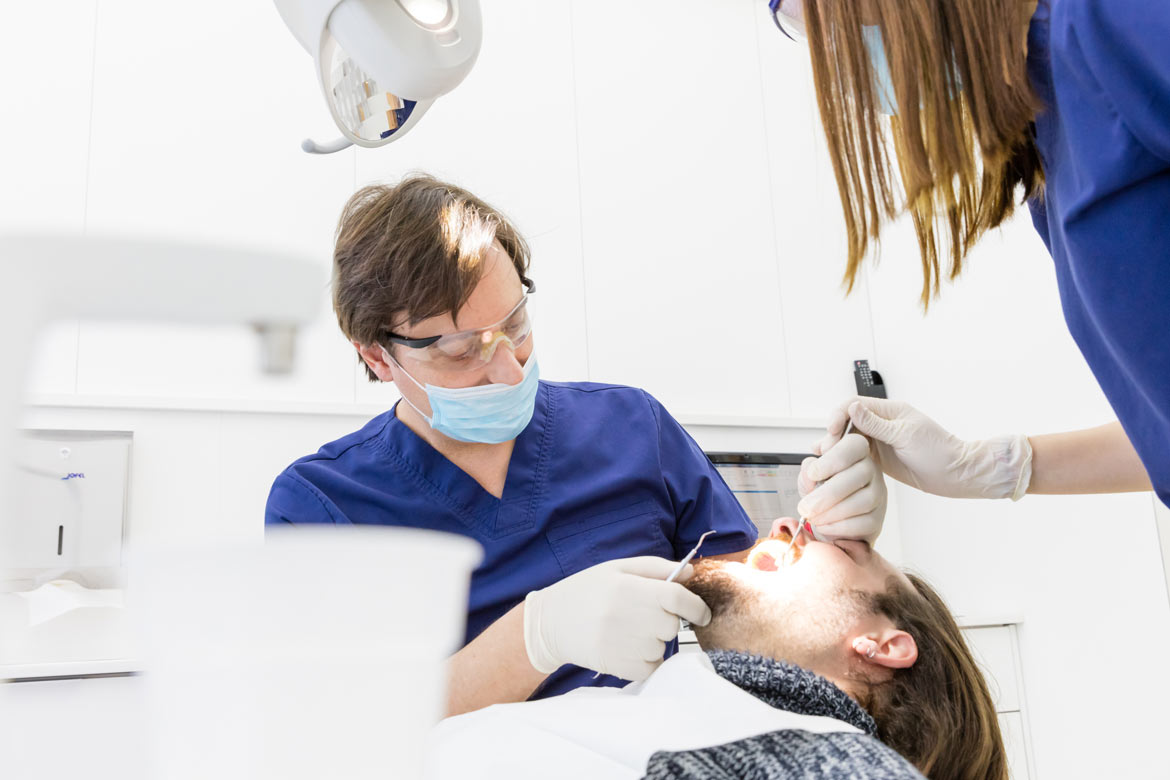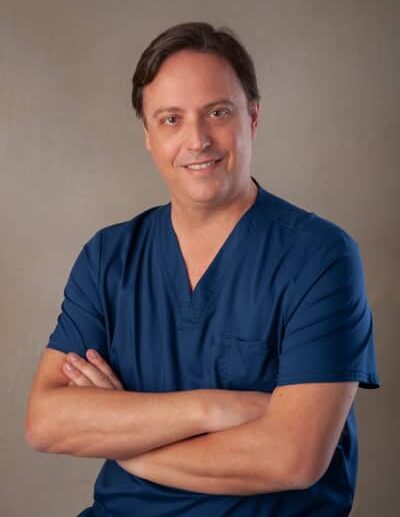Dental reconstruction in Mallorca
Do you want to solve your dental or facial problem?
Ask us for an appointment with free check-up and diagnosis
Whether you want to start treatment or request information, you are in the right place. Leave us your details and we will contact you within three hours.

What is dental reconstruction?
What types of dental reconstruction are there?
The technique of dental inlay will depend on the extent of the damage. So if the intervention can be carried out on the same day, we are talking about an inlay, as in the case of dental reconstructions. Alternatively, it may be necessary to make a mould of the affected area. In this case, the phases would be:
Generally, when our patients have a fractured tooth, they are more likely to be treated with composite, when our patients have fractured a tooth or we find a fissure, the filling material we use is composite. This is the most effective solution to restore the aesthetics of the smile and ensure that the tooth is protected against interference from caries-causing bacteria. Composite perfectly imitates the shade of the tooth and does not affect the bite. This is also the material used in dental fillings.
Phases of a dental reconstruction with composite
Dental reconstruction, especially with composite, is a simple conservative dentistry technique, a minimally invasive procedure performed on the most visible parts of the dentition. This restoration consists of the following phases:
The first step is the application of local anaesthesia, so that the patient does not feel any discomfort during the procedure. Although this is a minimally invasive procedure, we may encounter patients who feel great stress or anxiety before any type of dental intervention. If the case requires it, a conscious sedation technique can also be offered, which allows the patient to be awake and calm at the same time.












